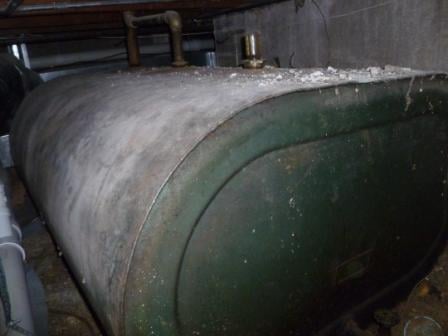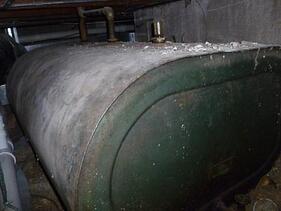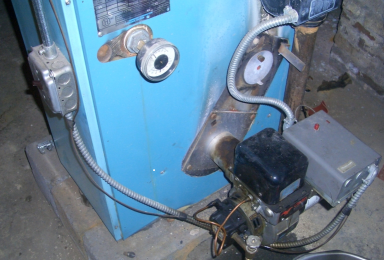Get Your Home Heating Oil Furnace Ready For Winter - Part I
Home heating systems running on fuel oil are common in the northern United States. These systems do not burn oil by itself; they mix oil from the...
2 min read
Bell Performance : Sep 29 2011

 Part I of this series talked about tips for inspecting your heating system and fuel tank, and treating your fuel oil to prepare your home heating oil system for heavy use in the upcoming winter months.
Part I of this series talked about tips for inspecting your heating system and fuel tank, and treating your fuel oil to prepare your home heating oil system for heavy use in the upcoming winter months.
There are other things you can do at home and in conjunction with your system service provider to make sure your home heating system is truly ready for winter.
Besides looking at your oil and fuel, there are some things you can do around the house to prepare it for winter heat.
Clean up your basement, especially if you have a lot of dust and line or even sawdust and pet hair. All of those can be drawn into your heating system and cause service problems over time.
Test your burner to make sure it still works. Do this by turning up your thermostat above room temperature. That will turn on your boiler or furnace. Let them run for a few minutes. Hopefully you will have heat coming out and everything will then be in order.
Remember, too, that you need to make sure your vents aren’t blocked by furniture, carpets, wall hangings and other large items. Move those away from vents to ensure proper air flow and best efficiency for your house. Vacuum air registers on a regular basis, but especially when winter just starts.
And be sure to change your air filter.
Many homeowners have annual service for their system built into their contract. Even if you don’t, an annual service and tune-up is an important part of maintaining your heating system so it works its best for the longest period of time.
The Department of Energy recommends annual service for oil-fired boilers. It also makes financial sense for you to have it tuned up every year. Oil heating systems produce soot and deposits that build up during the year. These deposits cut into your system’s efficiency and cost you money. A new system might work at 85% efficiency at first. If you go more than a year without service, the efficiency can drop to 70%, and that means your heating bills go up 20%. That’s not small change. Furthermore, the longer you wait, the longer it takes to clean your system. That can turn a $100 service bill into a $400 service bill. And if you really wait, the soot buildup can become like cement, destroying the boiler and turning into a $7,000 bill to replace it.
So the final bit of winter-preparation advice is to schedule your annual system tune-up. It will save you 10-15% on your heating bills and reduce your system’s emissions. A typical tune-up will run $120-150 (unless it’s included in your contract). They’ll clean your furnace/boiler interior, replace your used oil nozzle, change the filter and strainer, and check the system efficiency to make sure it’s running it’s best. Industry data also shows that homeowners who have annual tune-ups on their systems have 80% fewer “no-heat” service calls in the winter.
Remember, too, that after your tune-up, add a quality fuel oil treatment like ATX-942 to your fuel oil. Your system will be cleaner and in better condition when your next tune-up rolls around. And that will save you money.

Home heating systems running on fuel oil are common in the northern United States. These systems do not burn oil by itself; they mix oil from the...

It's that time again. Homeowners up in the soon-to-be-frosty North know what's coming. Old Man Winter is showing signs of crashing fall's party - and...

Although winter has made itself known with record snowfall nearly everywhere in the country coupled with record cold temperatures, spring is right...